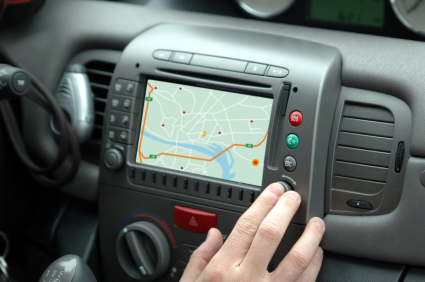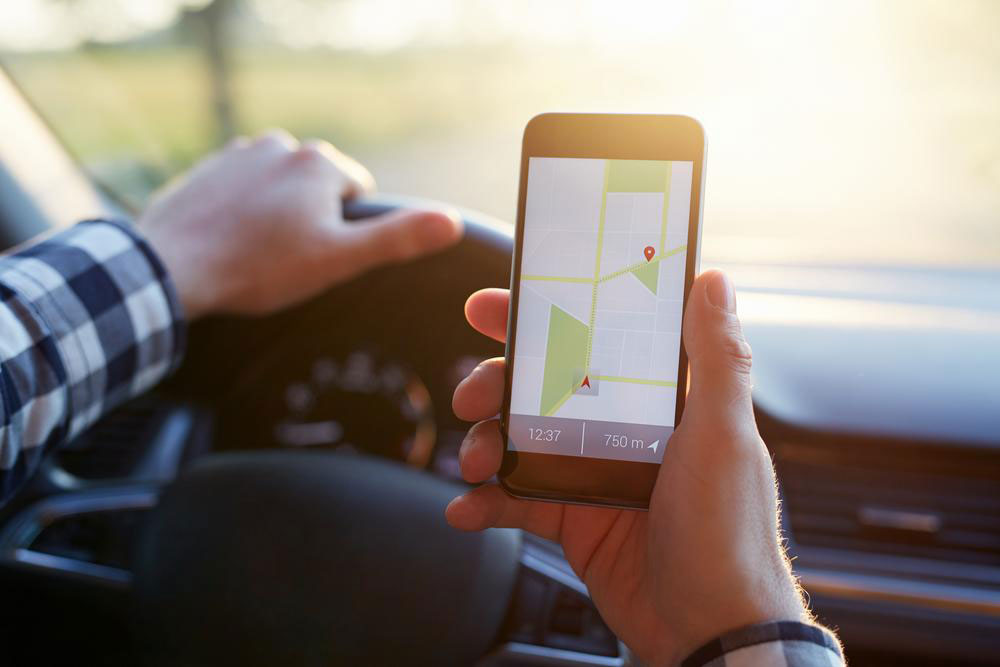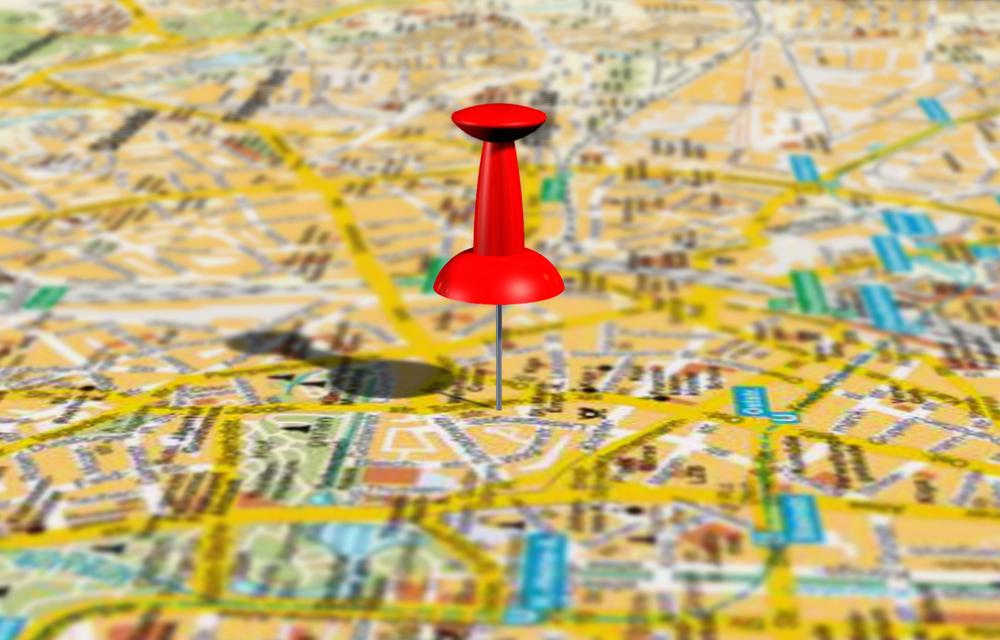Fascinating Insights into GPS Technology
Explore intriguing facts about GPS technology, including satellite systems, how it works, the role of relativity, and its various applications in transportation, safety, and timekeeping. Discover how GPS has evolved over three decades and impacts everyday life worldwide.

Fascinating Insights into GPS Technology
Key facts about GPS technology
Global Positioning System (GPS) plays a vital role in modern technology, powering navigation and location-based services used daily. Originally designed for precise positioning via satellite signals, GPS has become integral to many industries beyond simple navigation.
Despite its widespread use, many are unaware of the behind-the-scenes details of this technology. Here are some compelling facts about GPS, a system with a three-decade legacy.
Multiple satellite navigation systems: While GPS is the most well-known, it is not the only satellite-based navigation system. Russia's GLONASS, Europe's Galileo, and China's BeiDou are also operating. Currently, GPS and GLONASS are the only systems offering complete global coverage, with Galileo and BeiDou still expanding their reach.
This satellite-based navigation relies on a network of orbiting satellites—currently 32 in total. To ensure constant global coverage, at least 24 satellites are needed simultaneously; additional satellites enhance coverage and reliability, especially during maintenance periods.
GPS functionality depends on signals received from at least four satellites, enabling accurate positioning through the line-of-sight principle. These signals travel at the speed of light, allowing precise calculations of your location based on travel time and satellite data.
Einstein's theory of relativity influences GPS accuracy: time runs slightly faster on satellites due to weaker gravity. Without adjusting for this microsecond difference—about 38 microseconds daily—location precision could be off by miles, underscoring the importance of multiple satellites and relativistic corrections.
The GPS infrastructure, initially developed for military purposes, became accessible to civilians after 2000. It remains owned and managed by the government but is now a public resource relied upon worldwide for navigation, timing, and tracking.
Other applications of GPS include:
Providing precise time synchronization through onboard atomic clocks
Tracking individuals with Alzheimer's using GPS-enabled footwear
Enhancing navigation safety for ships and aircraft globally










